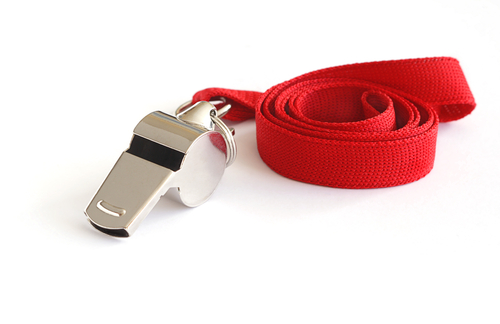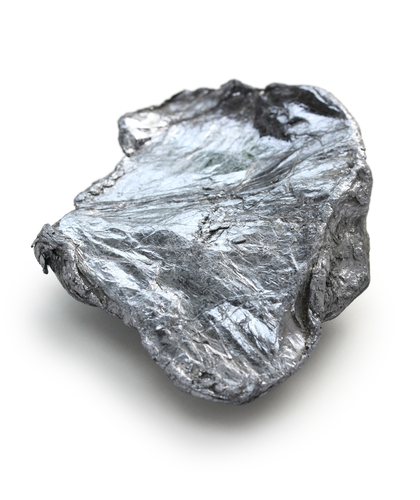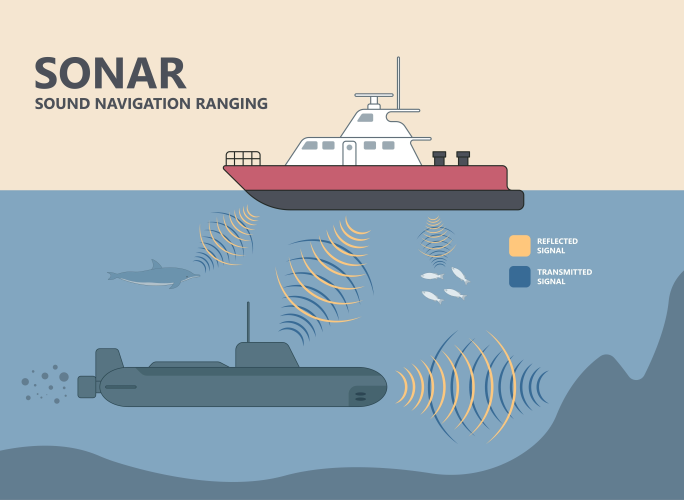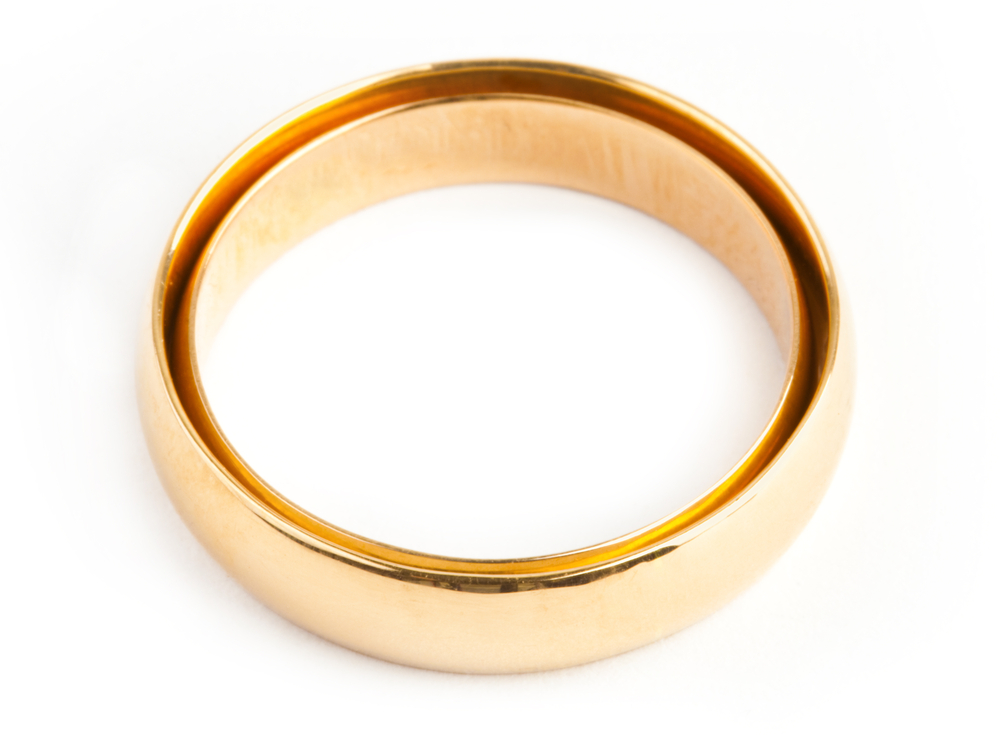The range of human hearing
Frequency is the number of times a wave vibrates in one second. All sounds have a particular frequency, with low frequencies producing low-pitched 'deep' sounds, and high frequencies producing high-pitched 'squeaky' sounds.

A whistle produces a sound with a high frequency ....

...while something like a rumbling lorry produces a much lower frequency.
Everyone's hearing is slightly different, but there are limits to the frequencies that human ears can detect.
The range of human hearing is between 20 Hz and 20,000 Hz. Anything above 20,000Hz is called ultrasound. These are sound waves with such high frequencies that we are unable to hear them. However, these waves have everyday uses.
Medical uses of ultrasound
One of the most common uses of ultrasound is to look inside the human body. In a hospital, a doctor or a nurse sends a 'pulse' of ultrasound waves into the person's body, which is then reflected back to the surface of their skin. These reflections are then turned into an image on a computer screen. This is a much safer way of looking inside the body than cutting you open!
In the photograph above, a mother is having a scan of her unborn baby. Ultrasound does not harm the mother or the baby, so it is much safer than using X-rays, which can damage cells.
Other uses of ultrasound
There are many other everyday uses of ultrasound.

In manufacturing and industry, the quality of materials can be examined with ultrasound to look for cracks or damage.

Sonar is a method of navigating a boat or a submarine. This also uses ultrasound, as an ultrasound wave is sent to the bottom of the sea, and the time taken for the wave to reflect back can be used to work out how deep the water is, or whether there are obstacles in the way.

Ultrasound is used to clean jewellery, as its vibrations can knock away particles of dirt that cannot be reached.
Finally, ultrasound can be used in physiotherapy, as it can be applied to a patient's muscles. The energy from the ultrasound wave transfers heat energy to the muscles to treat pain.
So you can see that ultrasound is a very useful tool.
Are you ready to try some questions now?









